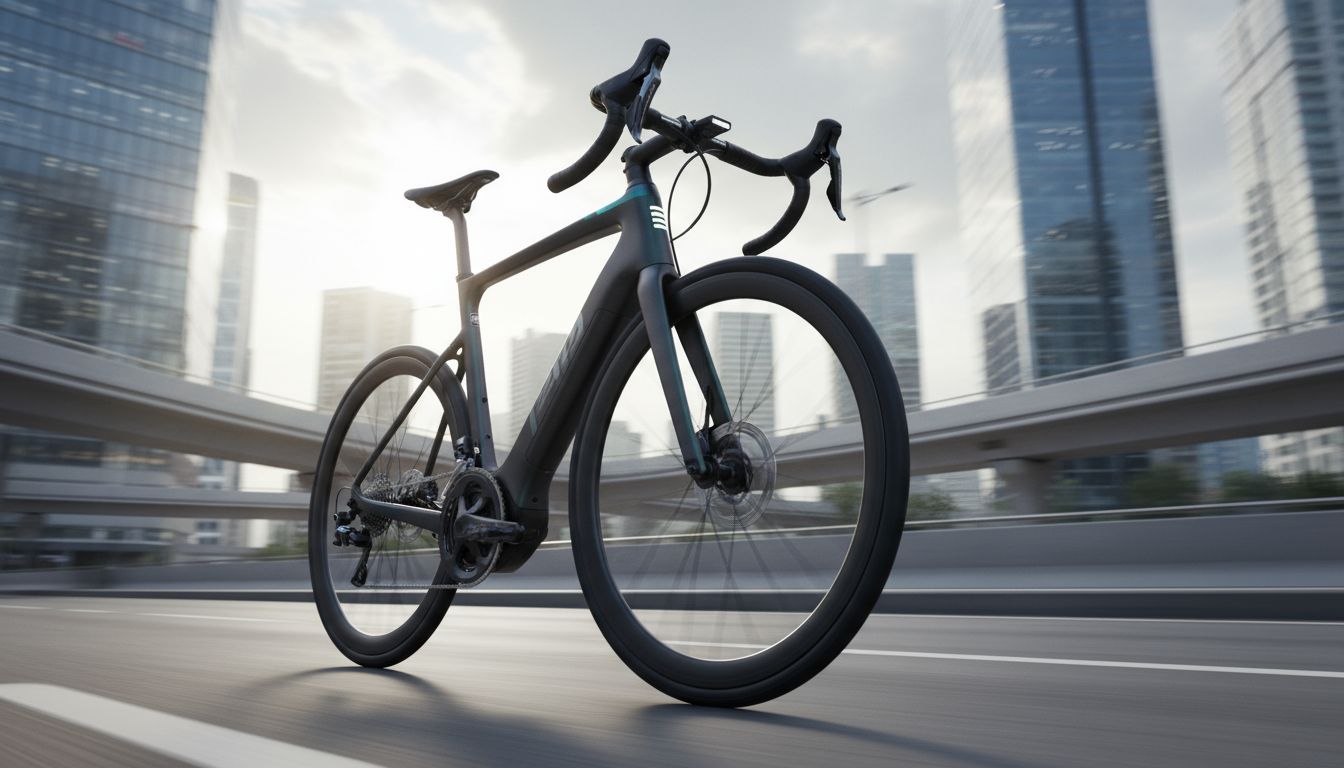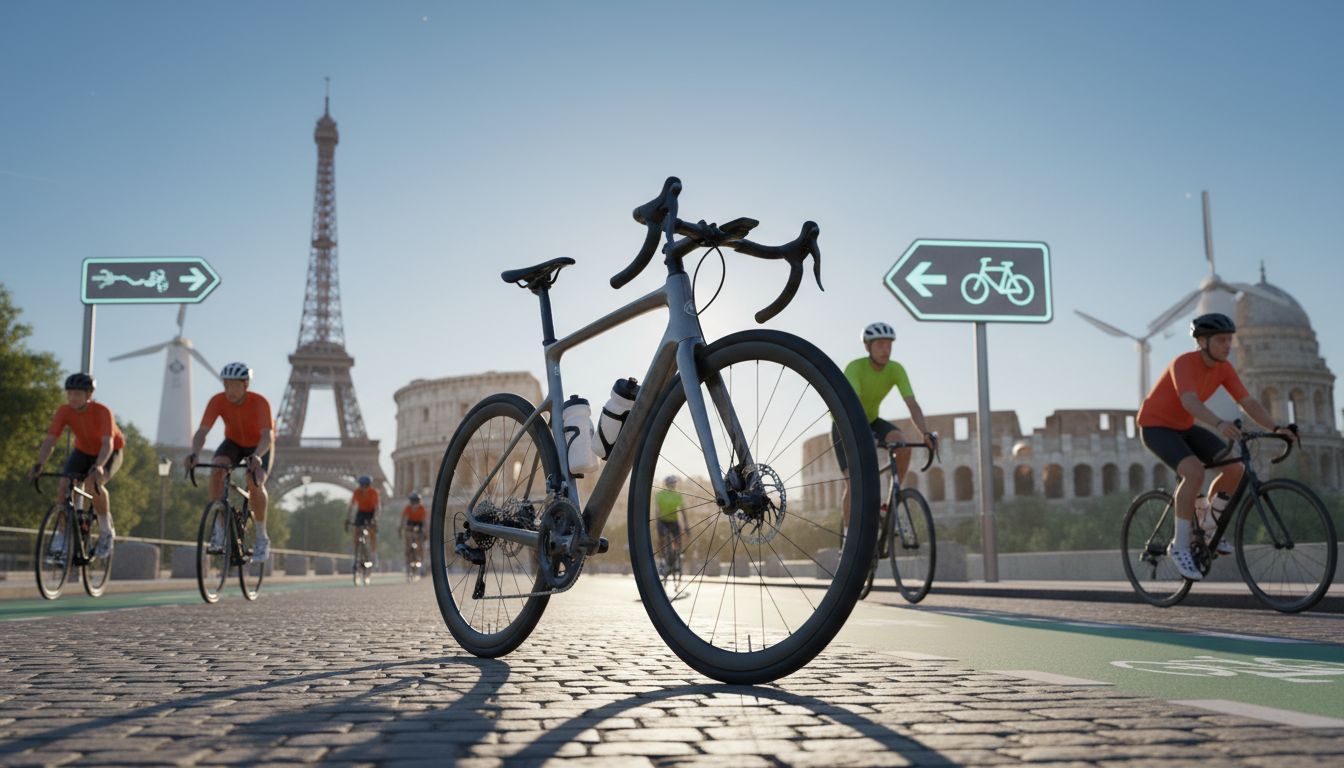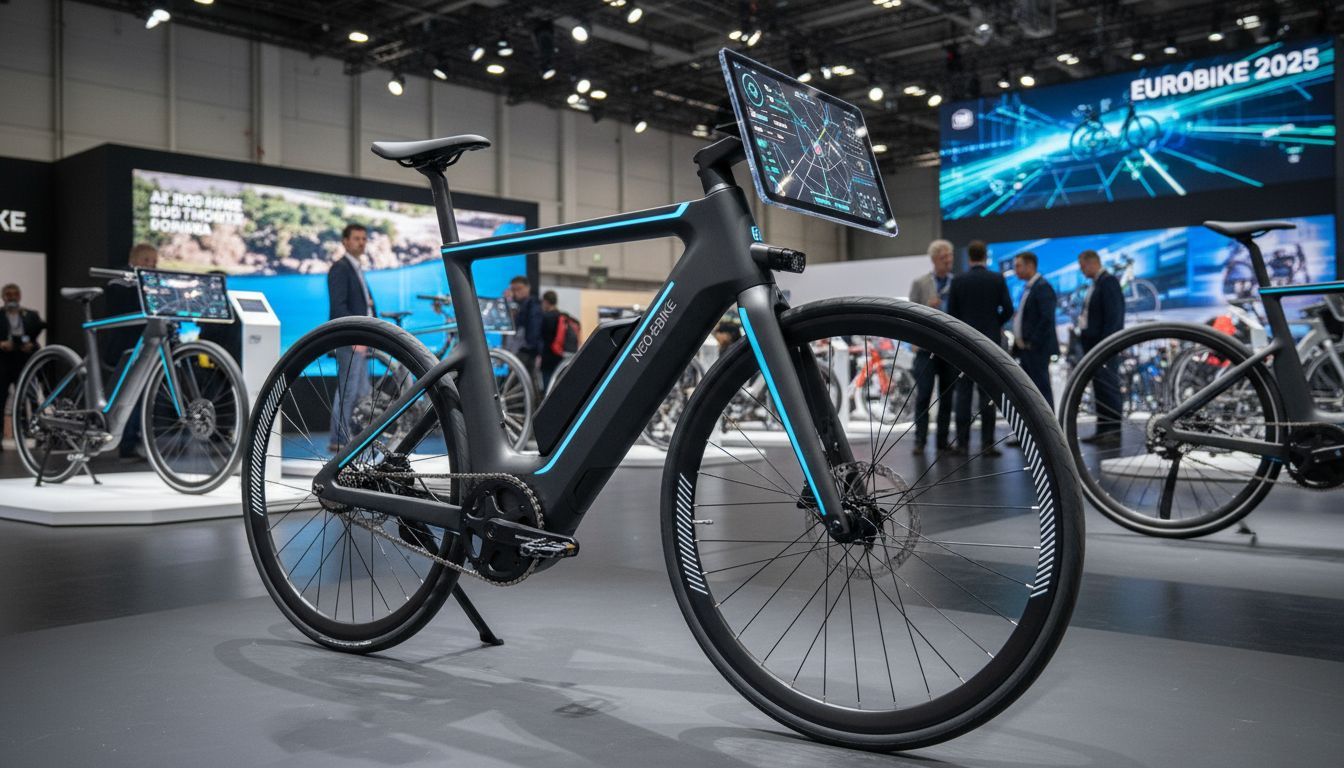
The Dawn of the AI-Powered Bicycle
Eurobike 2025 was nothing short of a revolution for the cycling world. Forget incremental upgrades – we witnessed a seismic shift towards smart, AI-integrated bicycles that promise to redefine the riding experience. The buzzwords weren't just about lighter frames or more gears; they centered around neural networks, predictive analytics, and personalized riding assistance. The integration of artificial intelligence into bicycles is no longer a futuristic fantasy; it's a present-day reality, meticulously crafted and showcased by leading manufacturers.
This year's event demonstrated a clear trend: bicycles are becoming more than just modes of transportation or fitness tools. They are evolving into intelligent companions, capable of adapting to individual rider needs, optimizing performance, and even anticipating potential hazards. From advanced safety features to personalized training programs, the possibilities seem limitless.
Key Innovations Spotted at Eurobike 2025
Several key innovations dominated the exhibition floor, highlighting the diverse applications of AI in modern cycling.
Adaptive Performance Optimization
One of the most impressive advancements was the development of AI-powered performance optimization systems. These systems utilize a suite of sensors to constantly monitor rider biometrics (heart rate, cadence, power output), environmental conditions (wind speed, road surface), and bicycle dynamics (lean angle, tire pressure). The AI then analyzes this data in real-time to adjust various parameters, such as gear selection, motor assistance (in e-bikes), and even suspension damping, to maximize efficiency and performance. Imagine a bike that automatically shifts gears for you based on the terrain and your fatigue level, or one that subtly adjusts the motor output to maintain a consistent heart rate during a challenging climb.
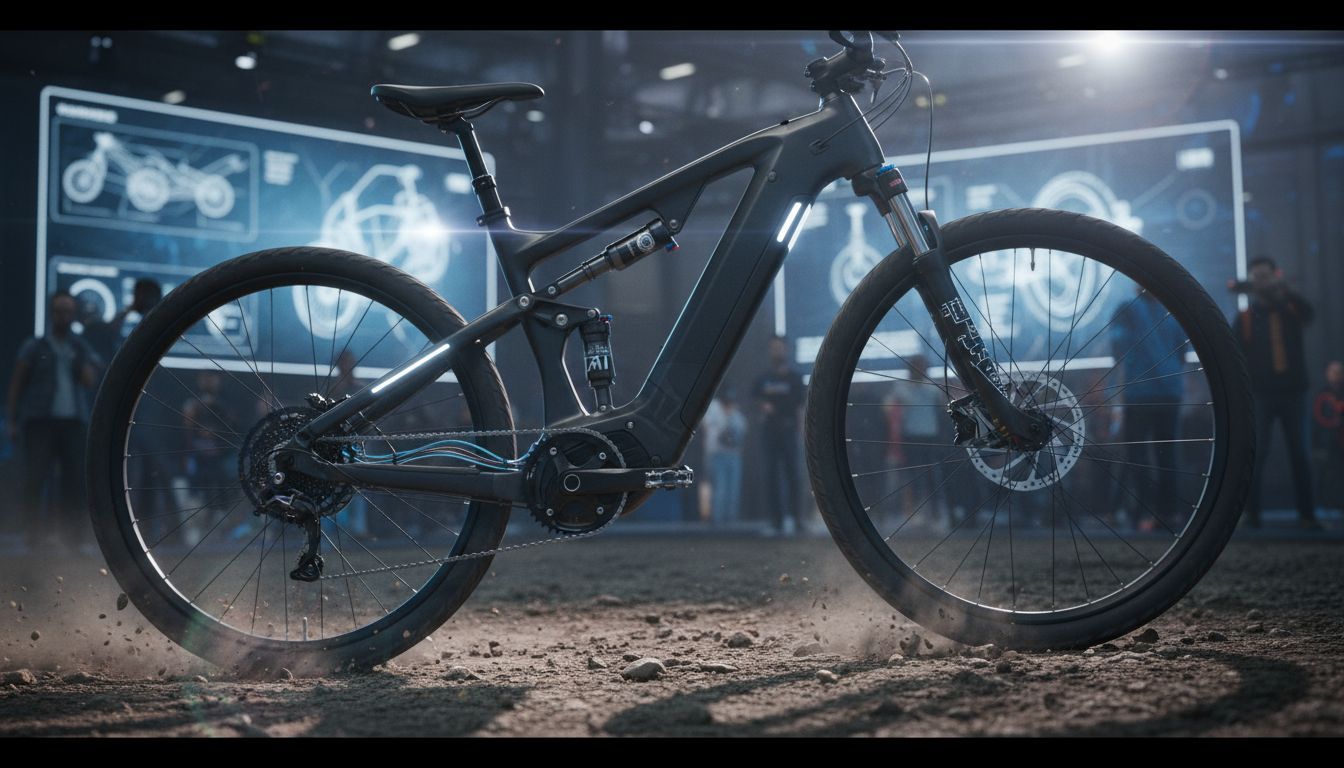
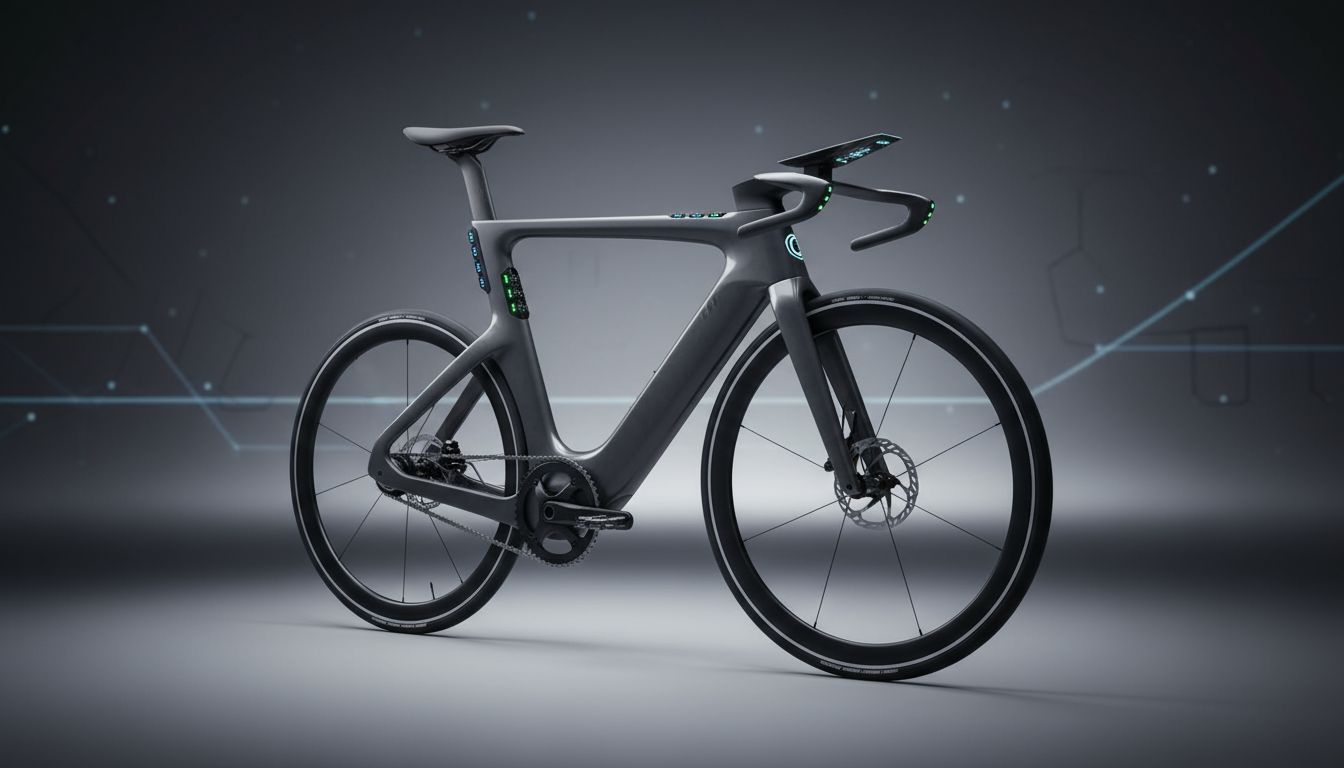
Enhanced Safety Features
Safety was another major focus, with numerous manufacturers unveiling AI-driven safety features. These ranged from advanced collision avoidance systems that use computer vision to detect obstacles and alert the rider, to predictive maintenance systems that monitor component wear and tear, providing timely warnings before potential failures. One particularly noteworthy innovation was the integration of AI-powered blind spot detection, utilizing miniature cameras and sensors to alert the rider to approaching vehicles in their blind spots. Furthermore, several companies showcased helmets equipped with AI-powered crash detection and automatic emergency call functionality, providing crucial assistance in the event of an accident.
Personalized Riding Experiences
Beyond performance and safety, AI is also being used to create more personalized and enjoyable riding experiences. Several companies showcased systems that use AI to generate customized training plans based on individual fitness goals, riding style, and available time. These systems can even provide real-time feedback and guidance during rides, helping riders to optimize their technique and improve their performance. Additionally, AI is being used to create more immersive and interactive cycling experiences, such as augmented reality overlays that display real-time data and navigation information directly on the rider's field of vision, or virtual reality simulations that allow riders to explore new routes and terrains from the comfort of their own homes.
The Rise of the Connected Bike Ecosystem
The smart bikes at Eurobike 2025 weren't just isolated pieces of technology; they were integral parts of a larger connected ecosystem. These bikes seamlessly integrated with smartphones, smartwatches, and other wearable devices, allowing riders to track their progress, share their data with friends and coaches, and participate in online communities. This connectivity also enabled manufacturers to collect valuable data about how their bikes are being used, allowing them to continuously improve their products and services.
Furthermore, the rise of the connected bike ecosystem is fostering new opportunities for innovation and collaboration. Third-party developers are creating a wide range of apps and services that enhance the functionality of smart bikes, from personalized navigation systems to gamified fitness challenges. This open ecosystem is driving innovation and ensuring that smart bikes continue to evolve and adapt to the changing needs of riders.
Examples of Cutting-Edge Smart Bikes
Let's delve into some specific examples of the groundbreaking smart bikes that stole the show at Eurobike 2025:
The "Aether" by Velosense
Velosense, a newcomer to the cycling scene, unveiled the "Aether," a road bike that seamlessly integrates AI into every aspect of its design. The Aether's standout feature is its adaptive drivetrain, which uses AI to predict gear changes based on terrain, gradient, and rider input. The system learns the rider's preferences over time, resulting in smoother and more efficient shifting than traditional electronic drivetrains. It also boasts integrated radar and blind-spot detection, projecting visual warnings onto the rider's smart glasses.
The "Terra AI" by Mountain Dynamics
Mountain Dynamics showcased the "Terra AI," a mountain bike designed for extreme terrain. This bike features an AI-controlled suspension system that adapts in real-time to the trail conditions, providing optimal traction and control. The Terra AI also incorporates an AI-powered navigation system that can generate custom trails based on rider skill level and desired difficulty. Furthermore, the bike's AI can analyze rider technique and provide real-time feedback to improve performance on challenging sections of the trail.
The "E-Motion AI" by CityGlide
CityGlide, known for its urban e-bikes, presented the "E-Motion AI," an electric bike designed for city commuting. This bike uses AI to optimize battery range based on rider behavior and terrain, ensuring that riders can always reach their destination without running out of power. The E-Motion AI also features an AI-powered anti-theft system that uses facial recognition to prevent unauthorized use and track the bike's location in case of theft. In addition, it anticipates traffic patterns, suggesting optimal routes for safety and efficiency.
Challenges and Considerations
Despite the immense potential of AI-powered bicycles, several challenges and considerations remain. Data privacy is a major concern, as these bikes collect vast amounts of personal data about rider behavior and location. Manufacturers must ensure that this data is handled responsibly and ethically, and that riders have control over how their data is used. Cost is another significant barrier to adoption, as smart bikes are currently significantly more expensive than traditional bicycles. As technology matures and production scales increase, it is likely that prices will fall, making smart bikes more accessible to a wider range of riders.
Furthermore, the reliability and security of AI systems are crucial. A malfunctioning AI system could potentially compromise rider safety, while a hacked system could be used to steal data or even control the bike remotely. Manufacturers must invest in robust security measures to protect against these threats. Finally, the learning curve associated with using AI-powered bicycles could be a barrier for some riders. Manufacturers need to design intuitive and user-friendly interfaces to ensure that riders can easily access and understand the features of their smart bikes. A more ethical debate also arises about the potential over-reliance on AI, diminishing the rider's skill development and pure enjoyment of cycling.
The Future of Cycling is Smart
The integration of AI into bicycles is still in its early stages, but the potential is enormous. As AI technology continues to evolve, we can expect to see even more innovative and transformative applications in the cycling world. From personalized training programs to autonomous navigation systems, the possibilities are truly limitless. The future of cycling is undoubtedly smart, and Eurobike 2025 provided a tantalizing glimpse of what that future holds.
Conclusion
Eurobike 2025 firmly established that AI-powered bicycles are no longer a distant dream but a rapidly approaching reality. The advancements showcased in adaptive performance, enhanced safety, and personalized riding experiences signal a profound shift in the cycling industry. While challenges remain in terms of data privacy, cost, and system reliability, the potential benefits of smart bikes are undeniable. As technology continues to mature and become more accessible, we can anticipate a future where AI-integrated bicycles play an increasingly prominent role in transportation, recreation, and athletic performance. The era of the intelligent bicycle has begun, promising a safer, more efficient, and more enjoyable riding experience for cyclists of all levels.
